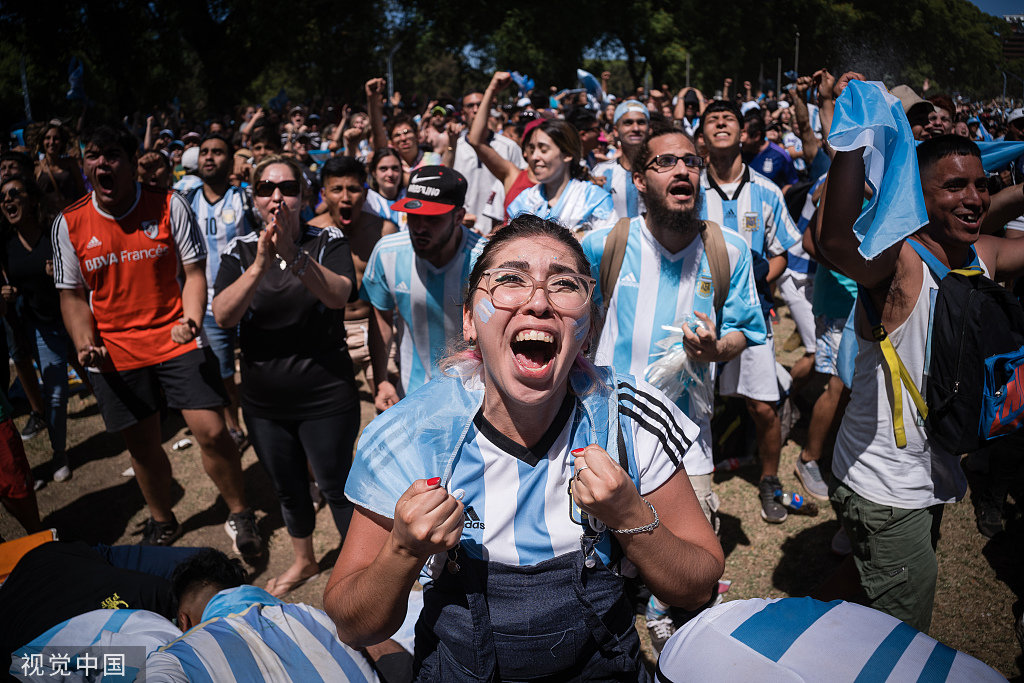There is a kind of dance that is colorful but is called the devil, and it also carries the idea of protection. Under the nurture of Mother Earth, it spreads in Peru, Chile, and Argentina.
Devil's Protection
ID: /panoramic vision
There is a colorful mountain peak in the Salta Province in northern Argentina, called the Seven Color Mountains. At the foot of the mountain sits the small town of Purma Marca ().
ID: /panoramic vision
Qiseshan, also known as Qicai Mountain, may have more than 7 colors. It has alternating layers, steep rock walls, rich shapes, and various colors. It looks unpredictable and full of mystery at different times of the year or at different times of the day. feel.

ID: /panoramic vision
This colorful mountain falls in the Tabrada de Utinhuaca (de) Valley in Jujuy Province, Argentina. It was inhabited by humans 10,000 years ago and was once a commercial thoroughfare. There is a lot of history left in the valley. The ruins were listed as a World Cultural Heritage in 2003.
ID: /panoramic vision
"La" has a long history, spread in Argentina, and can be traced back to the worship of "Mother of the Earth" in the Andes.
ID: /panoramic vision
The Andean worldview believes that humans, plants, animals, mountains and Mother Earth (Mother of the Earth) all have souls and vitality. Human beings are part of nature and do not need to pretend to dominate everything. They coexist equally with heaven and earth, and flourish along with all things.

ID: /panoramic vision
The dancers wear exaggerated masks and gorgeous costumes symbolizing the devil, and perform a carnival-like ritual dance to loud music and joyful rhythms, describing the law of how the water and soil of one place "dye" the people of another.
ID: /panoramic vision
For the people living in this colorful land, "La" is not only an exorcism dance to get rid of evil spirits in underground mines, but also a blessing dance to protect the safety of miners and the tranquility of villages and towns.
ID: /panoramic vision
For nine days and eight nights, "La" fills the streets here with tourists, immersed in joyous singing and dancing, turning the simple area into a carnival full of carnival.
ID: /panoramic vision

A carnival dance unites the emotions of the local people and inherits the cultural treasures of the Andes Valley's past, present and future.
ID: /panoramic vision
"La"'s costumes include "devil" shapes such as cats, wolves, snakes, eagles, and bears, and are embellished with a large number of gold, silver, gems, mirrors, feathers, bells, and tassels. The mysterious totems and symbols, coupled with the colorful artistic decorations, look quite eye-catching.
ID: /panoramic vision
Not only in Argentina, but also in Bolivia, Chile, and even Peru, there are shadows of "La".
religious protection

ID: /panoramic vision
She is a traditional dance with religious and theatrical performances in the Peruvian town of Puno, where dancers wear masks and devil costumes to demonstrate Spanish and Andean religious rituals, such as sacrifices to the gods who protect mines, lakes and rivers. dance, and rituals to rid Aymara miners of cave demons.
ID: /panoramic vision
This dance form was performed by the indigenous La Paz people living in today's Puno Plateau as early as 1576, and is said to have spread to parts of Spain.
ID: /panoramic vision
Here you can see religious traditions related to Satan, exorcism, and the personification of the Seven Deadly Sins – Pride, Greed, Lust, Wrath, Gluttony, Sloth, and Envy.

carnival traditions
ID: /panoramic vision
In Bolivia, "La" is the most typical traditional dance in a traditional festival. This religious festival has a history of more than 2,000 years and is called the Oruro Carnival.
D: /panoramic vision
In the entire four-kilometer-long parade area, there are more than 28,000 dancers, about 150 bands and their 10,000 musicians, playing carnival music. "La" is one of the 18 different folk dances, and it is the most representative.
If you have any questions or consultations, please call the Panorama customer service hotline:
———— Long press and scan the QR code below to follow————